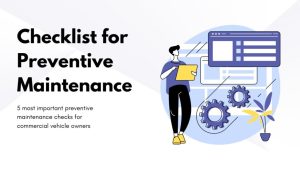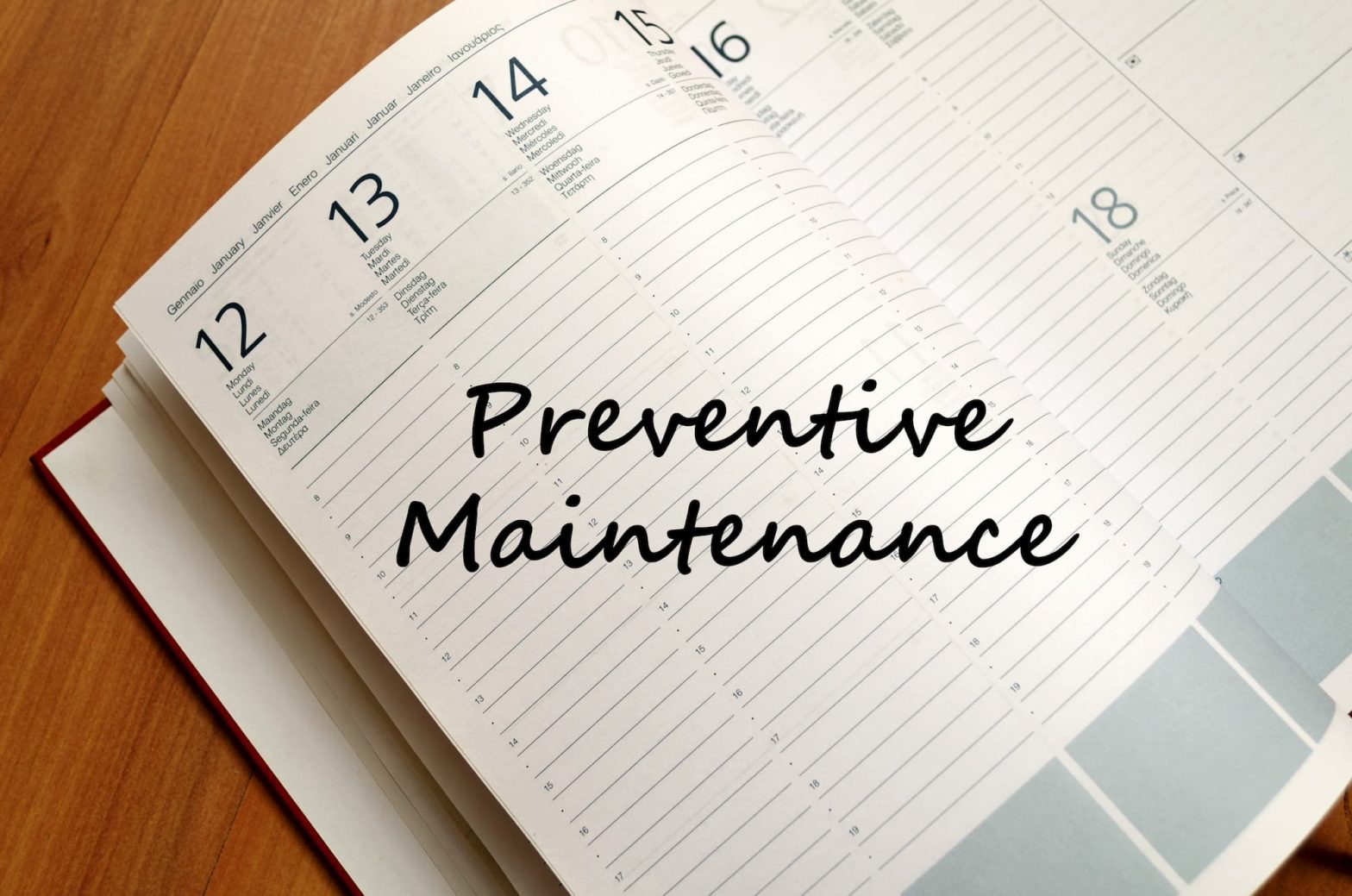The Foundation of Operational Excellence: A Preventive Maintenance Checklist
In the realm of maintenance management, the adage “prevention is better than cure” holds immense value. Industries, whether manufacturing, healthcare, or technology, rely on the seamless functioning of their equipment and systems to ensure efficiency and productivity. This is where a preventive maintenance checklist emerges as a fundamental tool, playing a pivotal role in sustaining operational excellence.
The Anatomy of a Preventive Maintenance Checklist
Before delving into its importance, let’s dissect the preventive maintenance checklist to understand its components. Essentially, this checklist is a comprehensive document that outlines scheduled maintenance tasks and inspections to be performed on equipment, machinery, or systems within a specified timeframe. It serves as a roadmap for maintenance teams, guiding them through routine checks and proactive measures to prevent potential issues.
Typically, a preventive maintenance checklist includes:
1. Equipment Identification and Details
Each item on the checklist should be clearly identified, specifying the equipment or system to be inspected. This section often includes essential details such as model numbers, serial numbers, and location information for easy reference.
2. Scheduled Maintenance Tasks
This is the heart of the checklist, enumerating the specific tasks and inspections to be carried out. It could range from lubrication and filter changes to more intricate examinations of components. The tasks are designed to address wear and tear, potential malfunctions, and other issues that could compromise the equipment’s functionality.
3. Frequency and Timing
Clear guidelines on when each task should be performed are crucial. Whether it’s a daily, weekly, monthly, or yearly check, having a predetermined schedule ensures that maintenance activities are consistent and timely.

4. Inspection Points and Criteria
This section details the criteria for evaluating the equipment’s condition. It provides a checklist of specific points to be inspected and benchmarks for acceptable performance. This helps in standardizing the evaluation process and ensures that maintenance teams follow a systematic approach.
The Significance of a Preventive Maintenance Checklist
Now that we’ve established the core elements of a preventive maintenance checklist, let’s explore why it holds such paramount importance in various industries.
1. Proactive Issue Identification
One of the primary benefits of a preventive maintenance checklist is its ability to identify potential issues before they escalate into major problems. By regularly inspecting and maintaining equipment, minor glitches and wear and tear can be addressed promptly, preventing unexpected breakdowns and costly repairs.
2. Prolonged Equipment Lifespan
Regular maintenance, as dictated by the checklist, contributes significantly to extending the lifespan of equipment. Just as a car’s engine requires regular oil changes, industrial machinery and systems need consistent care to operate at optimal levels. This, in turn, protects the investment made in these assets and delays the need for expensive replacements.
3. Enhanced Safety
For industries dealing with heavy machinery or complex systems, safety is a paramount concern. A preventive maintenance checklist ensures that all safety-critical components are regularly inspected and maintained. This proactive approach minimizes the risk of accidents and creates a safer working environment for personnel.
4. Improved Operational Efficiency
Efficiency is the lifeblood of any industry. Unplanned downtime due to equipment failures can be detrimental to production schedules and overall operational efficiency. A well-executed preventive maintenance checklist minimizes such unplanned downtime, allowing for smoother operations and higher productivity levels.
5. Cost Savings in the Long Run
While some may view preventive maintenance as an additional cost, it proves to be a cost-effective strategy in the long run. By addressing issues before they escalate, companies can avoid expensive repairs, replacements, and the associated downtime. The investment in preventive maintenance is a proactive measure that pays off in terms of both financial savings and sustained productivity.

Implementing an Effective Preventive Maintenance Program
Having recognized the pivotal role of a preventive maintenance checklist, the next crucial step is its implementation. Here are key considerations for an effective preventive maintenance program:
1. Comprehensive Training
Ensure that maintenance teams are well-trained on the equipment and systems they are responsible for maintaining. This includes familiarity with the checklist, understanding inspection criteria, and adherence to safety protocols.
2. Utilization of Technology
Embrace technological solutions such as Computerized Maintenance Management Systems (CMMS) to streamline the preventive maintenance process. These systems can automate scheduling, track maintenance history, and generate reports for analysis, making the entire process more efficient.
3. Regular Review and Revision
A preventive maintenance checklist is not a static document. It should evolve with the equipment and systems it governs. Regularly review and revise the checklist based on equipment performance, industry best practices, and any changes in regulations or standards.
Conclusion
In conclusion, a preventive maintenance checklist serves as the backbone of operational excellence in various industries. It goes beyond a mere list of tasks; it’s a proactive strategy that safeguards equipment, enhances safety, prolongs lifespan, and contributes to overall cost savings. As industries continue to rely on sophisticated machinery and systems, the role of a well-implemented preventive maintenance program becomes increasingly indispensable.
By recognizing the significance of preventive maintenance and embracing it as a strategic imperative, industries can not only mitigate risks and ensure operational continuity but also pave the way for sustained success in an ever-evolving landscape.

